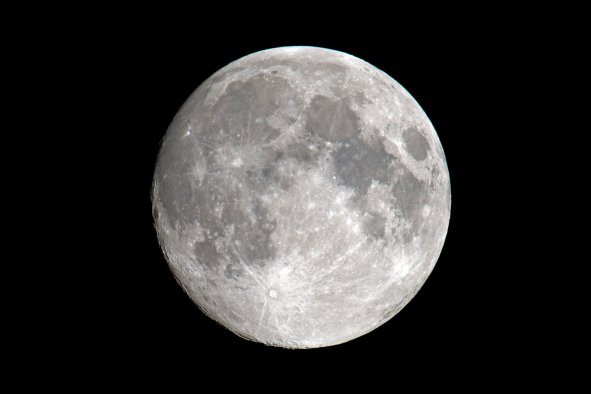A huge explosion of cosmic gas has been spotted at the heart of a far-off galaxy.
This enormous outburst, known as a "gas outflow," is around 20,000 light-years across, about one-fifth of the diameter of the entire Milky Way galaxy, according to a new paper in the journal Monthly Notices of the Royal Astronomical Society.
This strange astronomical phenomenon was found in the galaxy NGC 4383, around 54,000,000 light-years away in the nearby Virgo cluster, with the gas pouring out from the galaxy's heart at a rate of over 447,000 miles per hour.
Gas outflows are when large amounts of gas are blown out from a galaxy into intergalactic space, usually driven by enormously energetic events like supernovae. They can have a significant impact on their host galaxies by regulating star formation. By ejecting gas from the galaxy, outflows can limit the available material for new stars, affecting the galaxy's growth and structure. These gas outflows also pollute the space between stars and even galaxies with the heavy elements produced in stars.
This outflow in particular is thought to be due to huge stellar explosions near the center of NGC 4383, which ejected vast amounts of hydrogen gas and other elements. According to the paper, up to 50 million suns' worth of gas is being flung out by these explosions.
"Very little is known about the physics of outflows and their properties because outflows are very hard to detect," study co-author Adam Watts, an astrophysicist at the University of Western Australia and the International Centre for Radio Astronomy Research (ICRAR), said in a statement. "The ejected gas is quite rich in heavy elements giving us a unique view of the complex process of mixing between hydrogen and metals in the outflowing gas."
"In this particular case, we detected oxygen, nitrogen, sulfur and many other chemical elements," he said.
In the paper, the researchers reveal a high-resolution map of the explosion, which they hope will help unravel the mysteries of how chemical elements end up polluting the space between galaxies, and how galaxies are impacted by the loss of this gas.
This data was gathered by the MAUVE (MUSE and ALMA Unveiling the Virgo Environment) survey, which used the MUSE Integral Field Spectrograph on the European Southern Observatoryʼs Very Large Telescope, in northern Chile.
"We designed MAUVE to investigate how physical processes such as gas outflows help stop star formation in galaxies," study author Barbara Catinella, an astrophysicist at the University of Western Australia and ICRAR, said in the statement. "NGC 4383 was our first target, as we suspected something very interesting was happening, but the data exceeded all our expectations."
"We hope that in the future, MAUVE observations reveal the importance of gas outflows in the local Universe with exquisite detail."
Do you have a tip on a science story that Newsweek should be covering? Do you have a question about gas outflows? Let us know via science@newsweek.com.
Disclaimer: The copyright of this article belongs to the original author. Reposting this article is solely for the purpose of information dissemination and does not constitute any investment advice. If there is any infringement, please contact us immediately. We will make corrections or deletions as necessary. Thank you.



